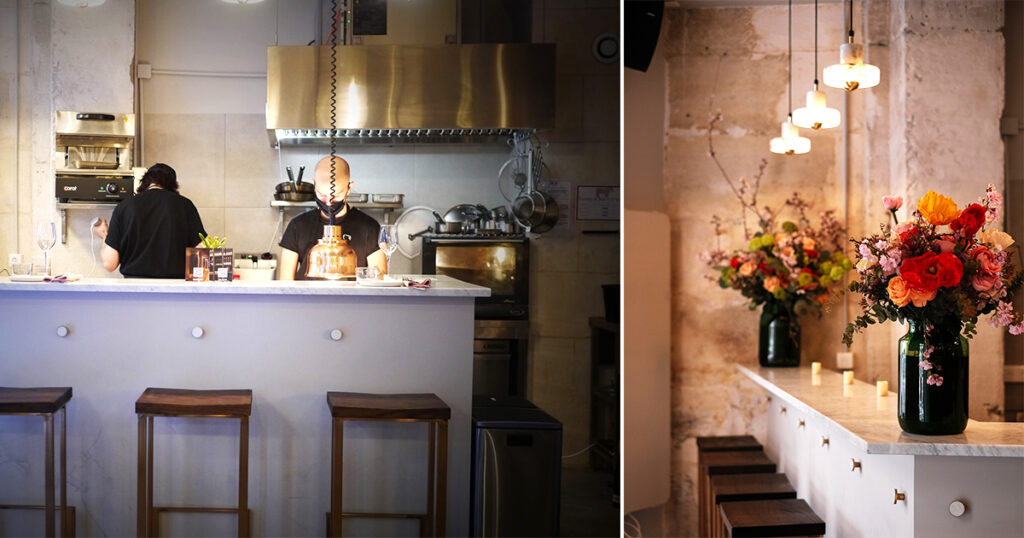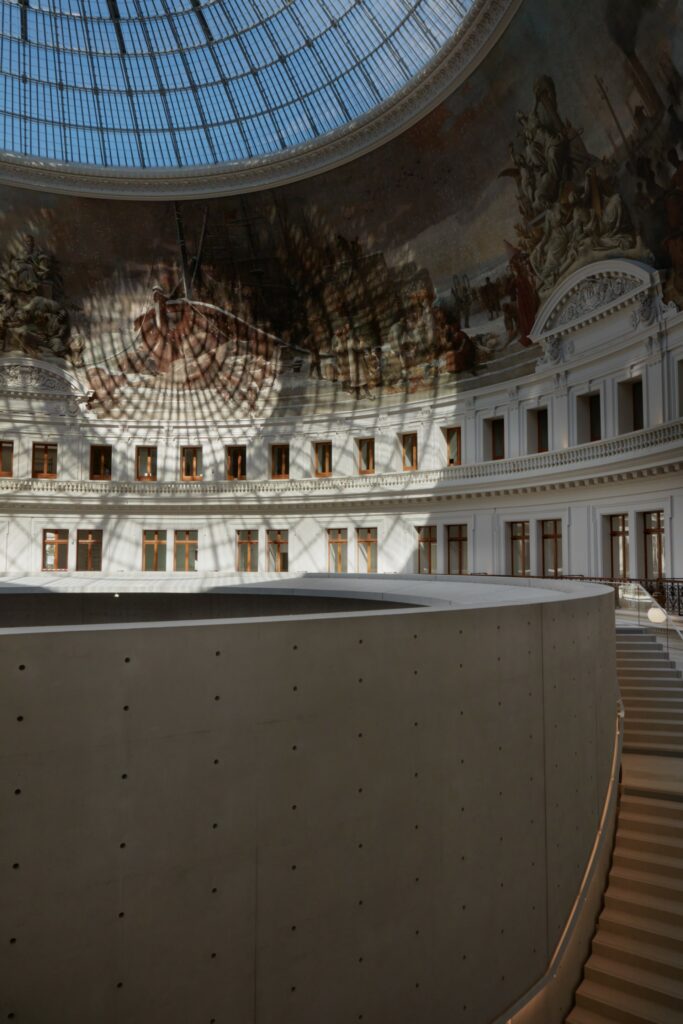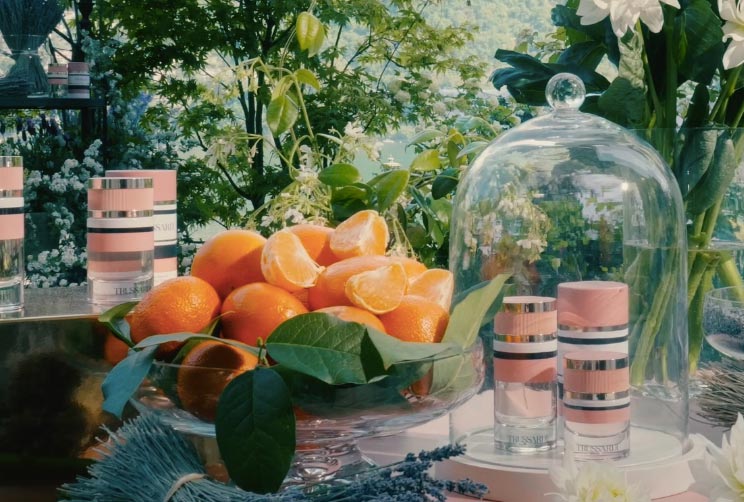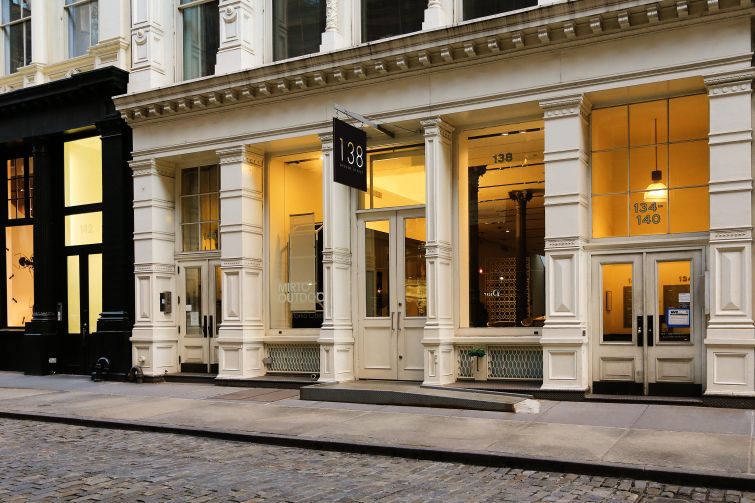The Bourse de Commerce in Paris is marked by four centuries of architectural and technical progress: After its construction in the 16th century around the first freestanding column in Paris, the circular building became a corn and grain warehouse in the 18th century. In the early 19th century, it got the first wrought-iron dome of its size, and from the end of the 19th century, it served as a stock exchange – the Bourse de Commerce. In 2016, French businessman and renowned art collector François Pinault, together with the city of Paris, announced plans to convert the Bourse de Commerce into a contemporary museum for the Pinault collection.

From the stock exchange to the museum
Before the exhibition could be designed, the building had to be renovated and adapted to its new function. François Pinault chose the renowned Japanese architect Tadao Andō to convert the historic building. The latter decided to retain the building’s traditional form and create an interior gallery in the building in order to preserve its historic core.
The rotunda forms the architectural heart of the new museum
The architect designed a concrete cylinder for the center of the space, which is open to the top to provide natural light. The circular shape of the building, the dome inside and the carefully controlled lighting conditions make it a unique place for art. With the design, Tadao Andō wanted to create a dialogue between the historic stone building and the modern structure made of exposed concrete. This connection is reinforced by the concrete staircase that winds around the outside of the cylinder and connects all four levels of the exhibition, giving visitors an ever-changing view of the historic building.
Tadao Andō: “I think concrete as a material represents the 21st century.”
Commenting on the design of the building, Tadao Andō said: “I think concrete as a material represents the 21st century. We used it in a simple geometric form and connected it to a centuries-old building. This not only allowed the building to be preserved-it keeps it alive by using a new structure.” HeidelbergCement’s subsidiary Ciments Calcia supplied Unibéton with the cement for the ready-mix concrete used to make the cylinder.
Work on the building started in mid-2017. A major challenge was to reconcile Tadao Andō’s idea with French building regulations and standards without compromising on design. The concrete cylinder is 30 m wide and 9 m high. The 125 m long wall with 862 holes – reminiscent of the surface of a Japanese tatami mat – encloses the exhibition area of 625 m2. The 50 cm wide wall of the cylinder contains a 26 m wide metal structure inside, filled with a specially developed material. For Unibéton, this meant ensuring an optimal formula for the ready-mix concrete and seamless logistics.
Tip of the GO Sixt editorial staff: Tamara

Among the new Parisian addresses to discover this autumn is the small fine-dining restaurant Tamara (15 Rue de Richelieu, 75001 Paris), near the French Comedy and the Royal Palace Square. Chef Clement-Vergeat works his magic at the stove tops of the open kitchen. For more tips on new fine dining in Paris, click here.
Paris Car Hire
Located near the Bourse de Commerce and restaurant, you will find.
Sixt at 42 Avenue de Saxe, 75007 Paris
Source : https://blog.heidelbergcement.com/en/bourse-de-commerce-Paris-Pinault-Collection











